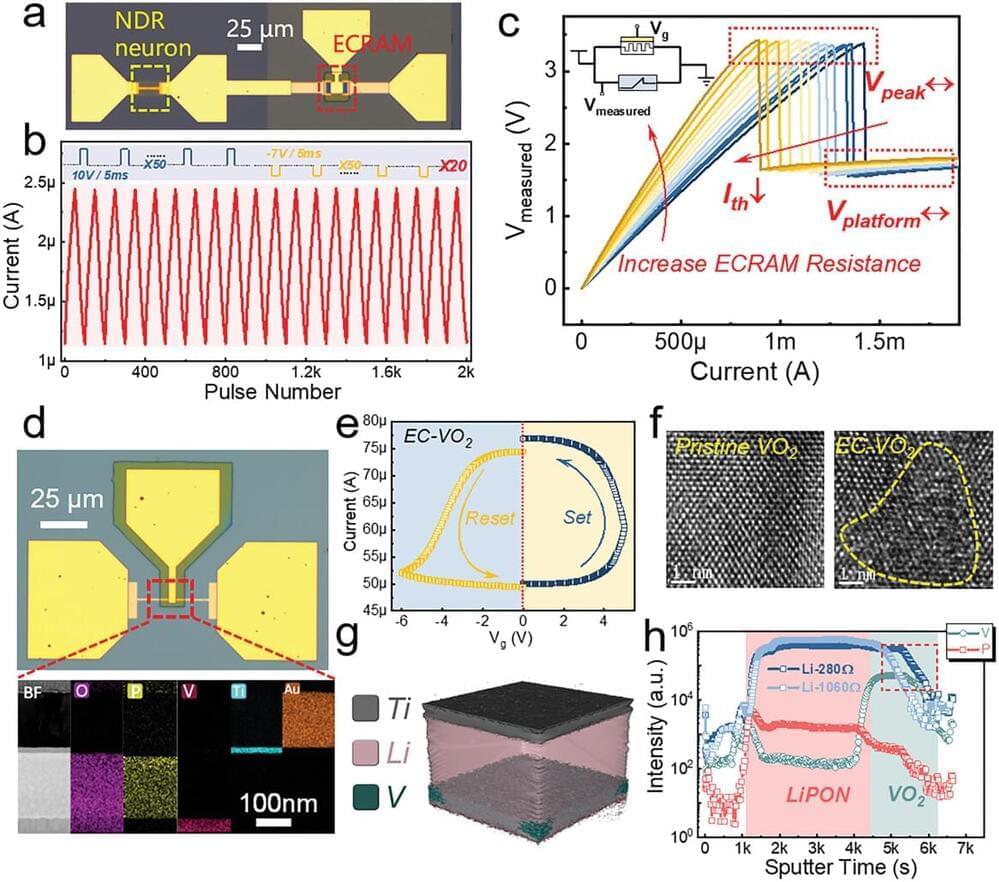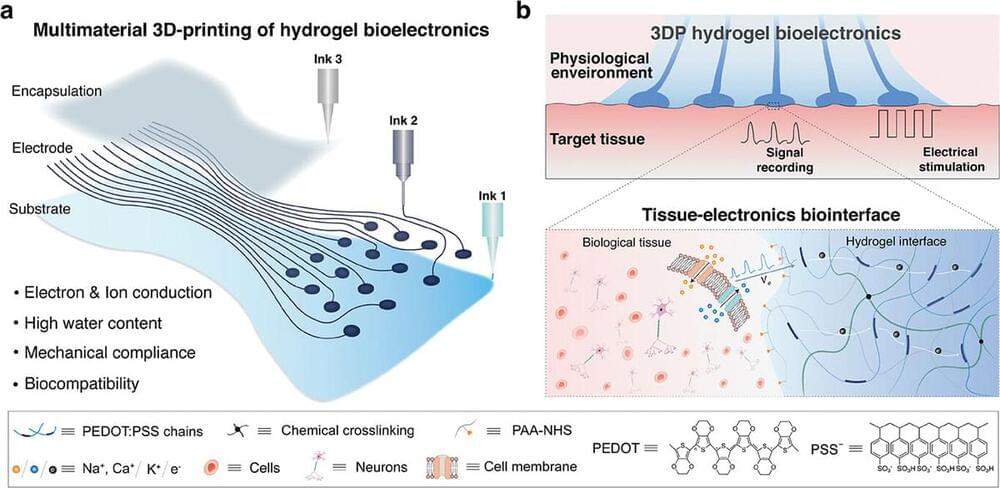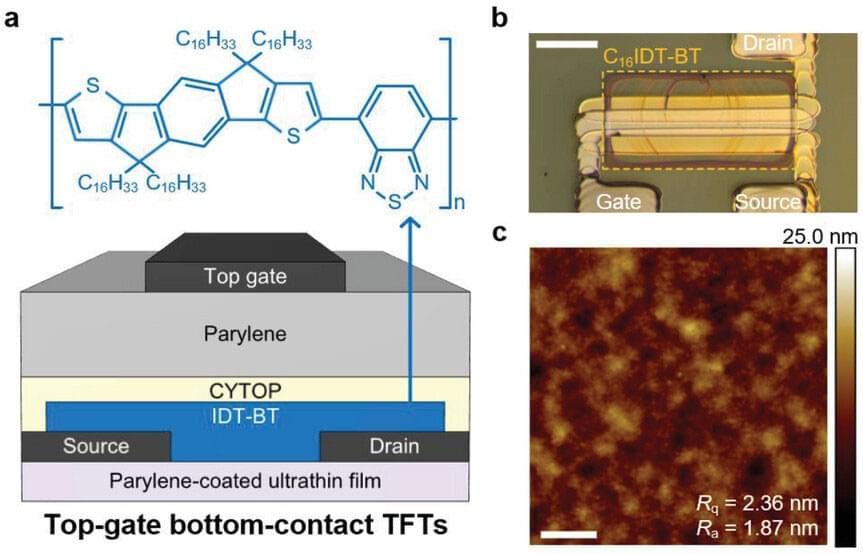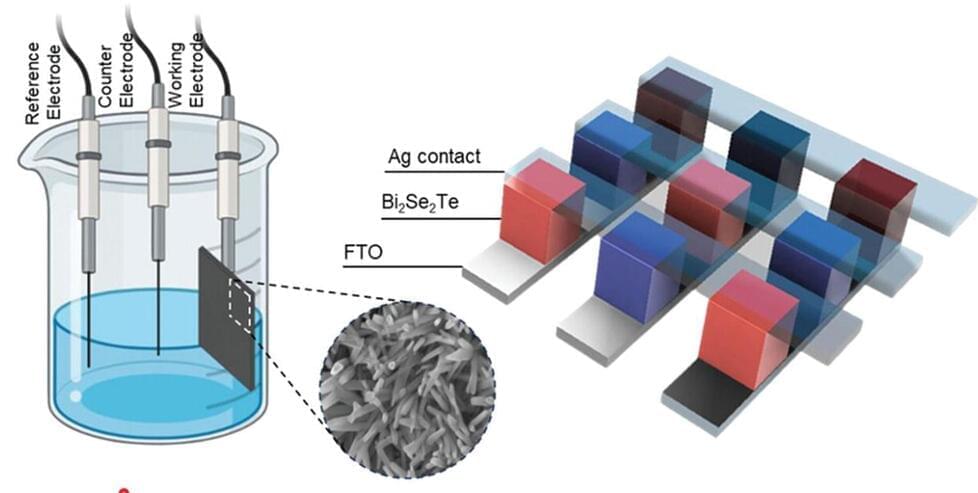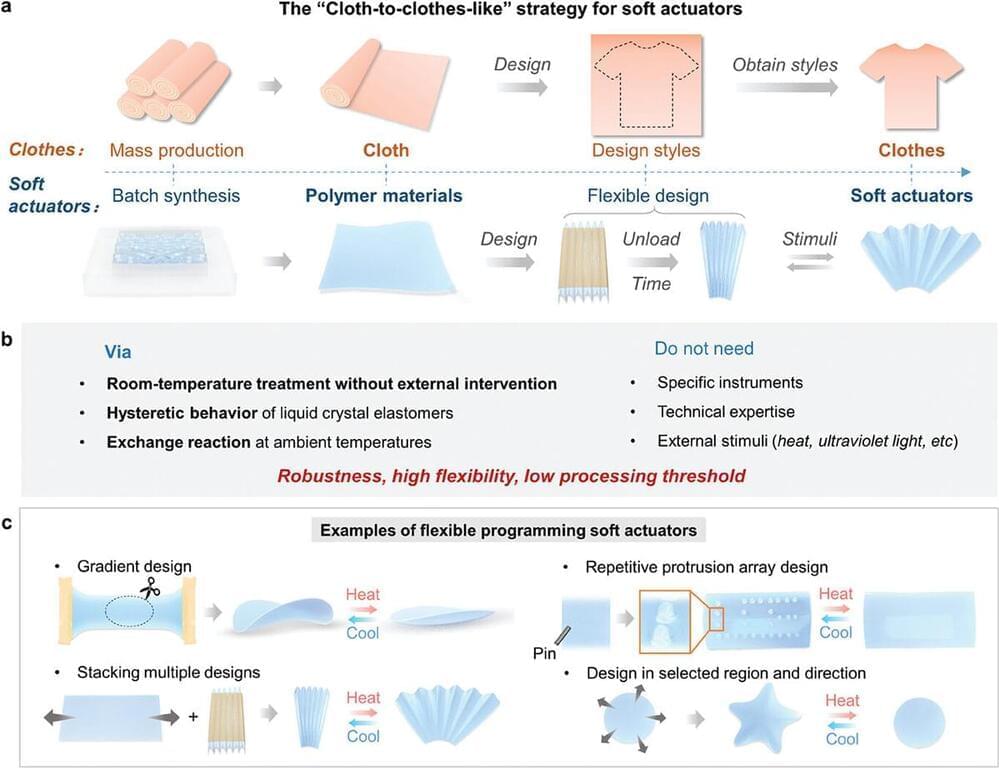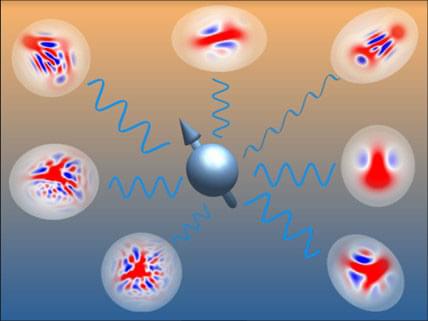May 25, 2024
Smelting Steel With Sunlight: New Solar Trap Tech Could Help Decarbonize Industrial Heat
Posted by Dan Breeden in category: climatology
Some of the hardest sectors to decarbonize are industries that require high temperatures like steel smelting and cement production. A new approach uses a synthetic quartz solar trap to generate temperatures of over 1,000 degrees Celsius (1,832 degrees Fahrenheit)—hot enough for a host of carbon-intensive industries.
While most of the focus on the climate fight has been on cleaning up the electric grid and transportation, a surprisingly large amount of fossil fuel usage goes into industrial heat. As much as 25 percent of global energy consumption goes towards manufacturing glass, steel, and cement.
Electrifying these processes is challenging because it’s difficult to reach the high temperatures required. Solar receivers, which use thousands of sun-tracking mirrors to concentrate energy from the sun, have shown promise as they can hit temperatures of 3,000 C. But they’re very inefficient when processes require temperatures over 1,000 C because much of the energy is radiated back out.

